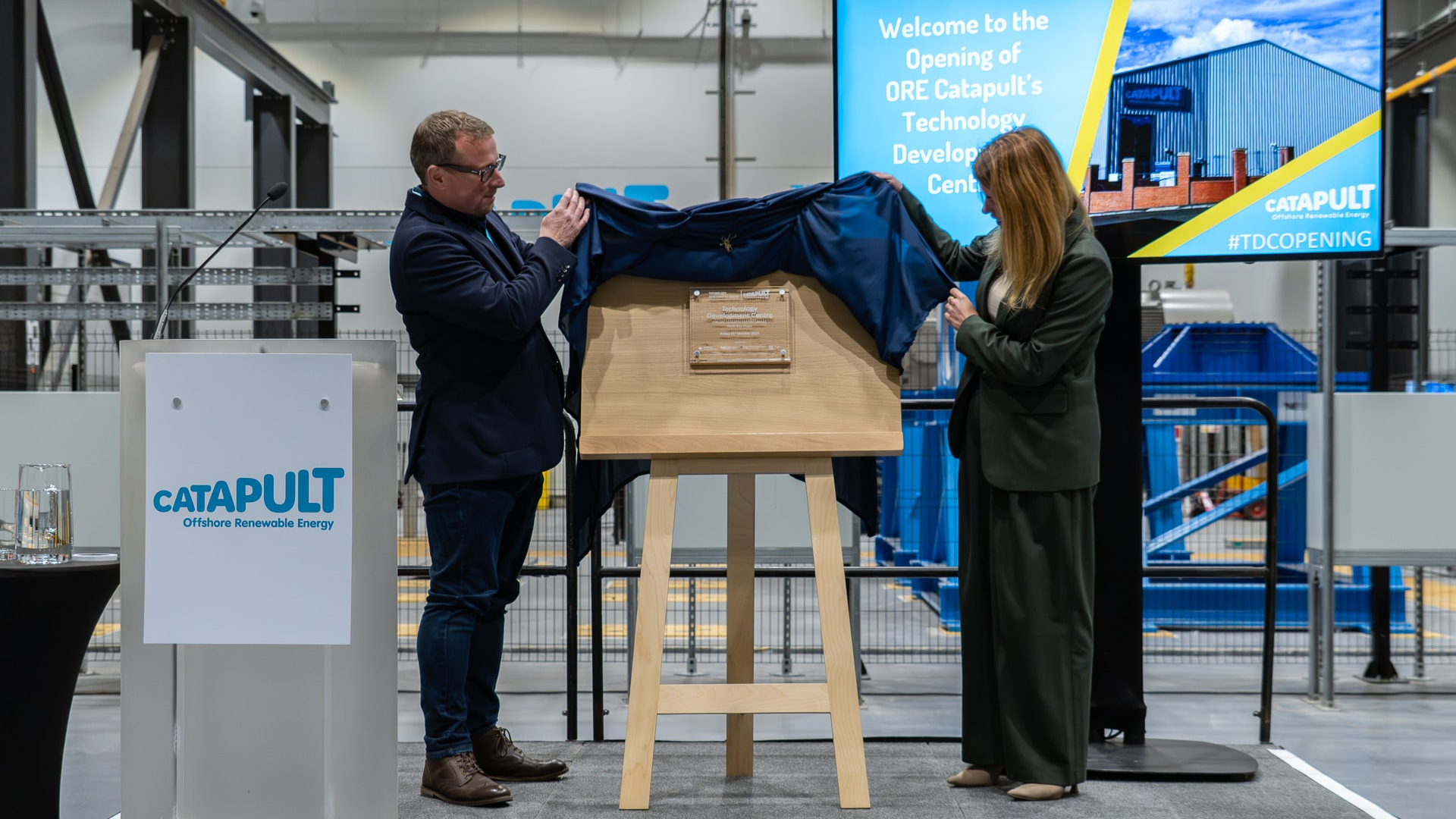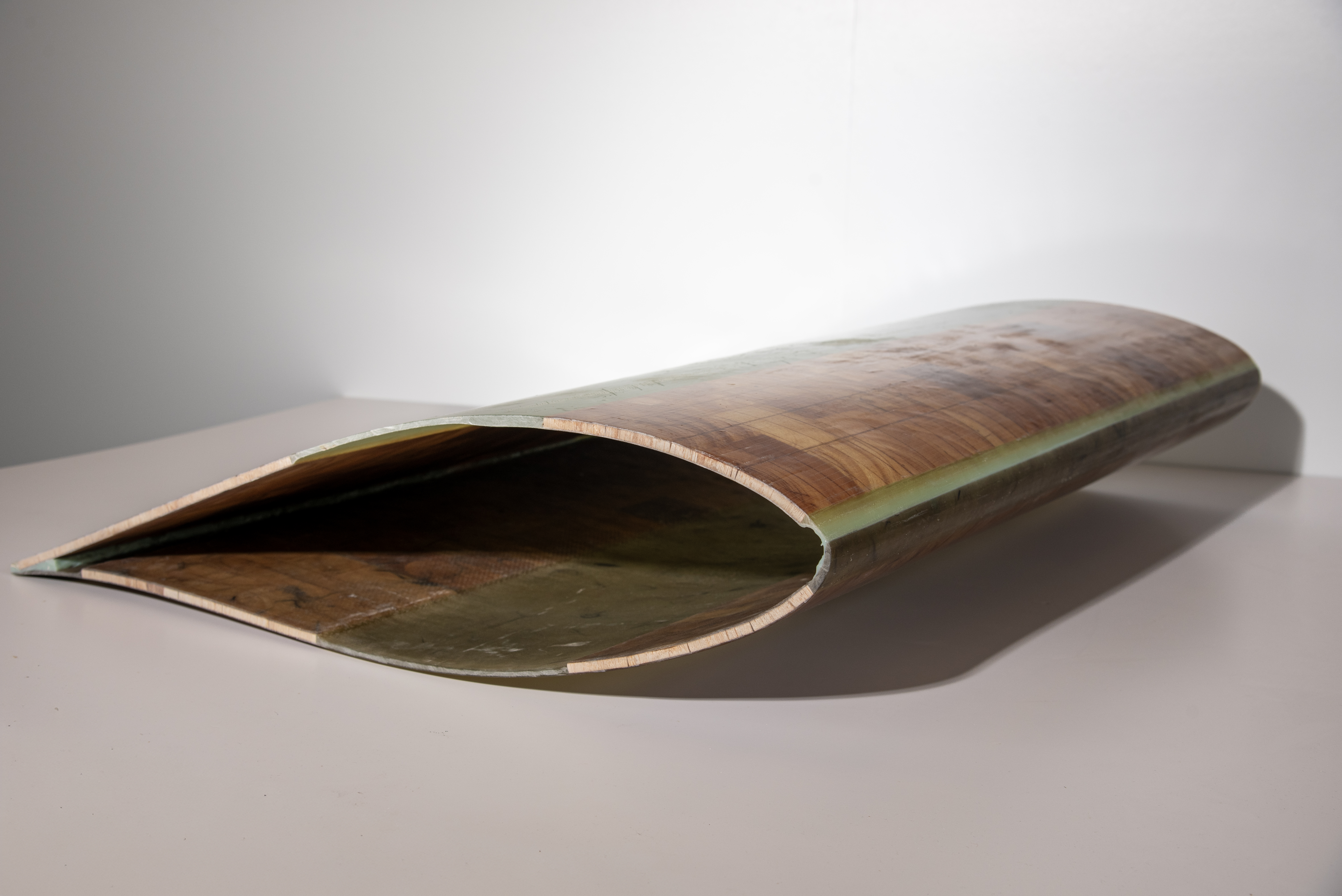News
Jan De Nul builds new vessel to protect critical subsea infrastructure
Published in: Wind, Press Releases
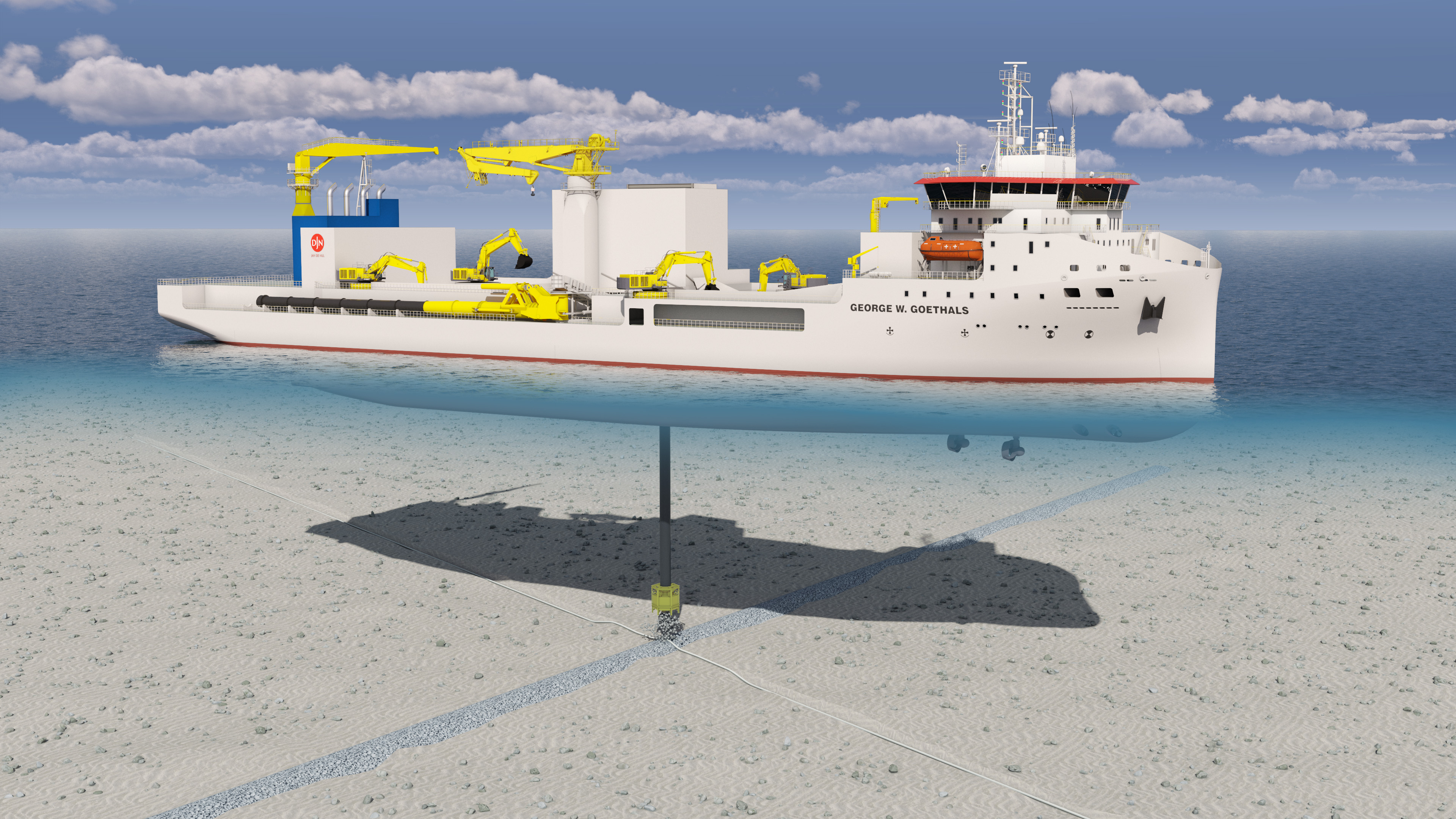
- Protecting subsea infrastructure is crucial for national security and reliable energy networks.
- Jan De Nul invests in its largest rock installation vessel to date, specially built to protect offshore energy infrastructure and subsea energy grids.
- The vessel will be equipped with ultra-low emission technology and engines capable of running on biofuel and green methanol.
There is a growing global demand for the protection of subsea infrastructure that supports the production and transmission of energy and data. To meet that demand, Jan De Nul orders a new dedicated vessel for subsea protection: the George W. Goethals.
Thousands of kilometres of subsea cables lie on the ocean floor, transporting electricity between countries, connecting offshore wind farms to the mainland, and carrying the bulk of international data traffic. But they are vulnerable to damage and, due to their strategic importance, potential targets for sabotage. With a new state-of-the-art rock installation vessel, Jan De Nul is taking action to enhance the protection of this critical infrastructure.
Reliable energy system
The new vessel, named George W. Goethals, will primarily focus on projects in the energy sector. With numerous energy projects under development in the North Sea and Southeast Asia, these regions will form the core of her operational activity. The vessel has a capacity of up to 37,000 tonnes. With a flexible vertical fall pipe and an inclined fall pipe system, she can install extra-large rocks to water depths of up to 400 meters.
Philippe Hutse, Director Offshore Energy at Jan De Nul: “A cutting-edge vessel like this represents a major investment and a carefully considered decision. As World Builders, we are fully committed to create a reliable energy system worldwide. Protecting the infrastructure that supports offshore energy production and transmission is essential to achieve this goal. With this new vessel, we are shifting into a higher gear to meet that challenge head-on.”
Designed in-house
The George W. Goethals will become the third rock installation vessel above 30,000 tonnes in the fleet of Jan De Nul. Designed entirely in-house, the vessel reflects the company’s vast experience in protecting offshore infrastructure.
Philippe Hutse: “Decades of hands-on experience have given us deep expertise in subsea rock installation. We have applied this knowledge throughout the vessel’s design. The collective capacity of our subsea rock installation fleet now surges beyond 100,000 tonnes. This investment will strengthen our leading position in the industry.”

Interconnecting energy grids
Besides the new rock installation vessel, Jan De Nul is also building two extra-large cable-laying vessels, the Fleeming Jenkin and the William Thomson. Each vessel will have a cable-carrying capacity of 28,000 tonnes—more than any other vessel currently on the market. They are designed to install cables over longer distances with fewer subsea connections, making them ideal for interconnector cables that link energy grids across the globe. These cables enable electricity to flow quickly from areas of surplus to areas of demand, enhancing the reliability of renewable energy.

3D image showing the rock installation fleet owned by Jan De Nul. From left to right: vessels equipped with inclined fall pipe Tiger and La Boudeuse, multi-purpose vessels Daniel Bernoulli and Adhémar De Saint-Venant, fall pipe vessels George W. Goethals, Joseph Plateau and Simon Stevin.
A sustainable and future-proof asset
- The vessel will be an Ultra-Low Emission vessel (ULEv). ULEv is a highly advanced dual exhaust filter system which removes up to 99% of nanoparticles from emissions using a diesel particulate filter and a reduction system for nitrogen oxides (NOx). The system also significantly reduces exhaust gas pollutants.
With this technology, the vessel complies with the strict European Stage V emission standards for inland waterway vessels. Moreover, the NOx emissions are reduced to such an extent that this vessel meets the even stricter EURO VI emission limits. - The engines of the vessel can run on biofuel and green methanol, which significantly reduces CO₂ emissions. The hybrid power plant on board also contributes to the reduction of CO₂ emissions and optimal fuel usage. It combines the generators with a battery and drive technology, designed for peak shaving, load smoothening, spinning reserve and optimized engine loading.
- The vessel will be equipped with four electric excavators. Among other applications, they will be used for loading large-sized rocks, enabling efficient operations without the need for a dedicated conveyor belt or crane on shore.
Who was George W. Goethals?
George Washington Goethals (1858–1921), the son of Belgian immigrants, was an American military officer and civil engineer best known for overseeing the construction and opening of the Panama Canal. The Panama Canal connects the Atlantic and Pacific Oceans and is therefore an important trade route. From 2009 to 2016, Jan De Nul took part in the construction of the third set of lock complexes in the Panama Canal.
About Jan De Nul
Jan De Nul shapes water, land and energy around the world, addressing some of the most important challenges of our time. From the rising sea level to the energy transition, from polluted soil to sustainable construction: we engineer solutions that future-proof our world, known for their complexity and high stakes. Our Can-Do people focus on four areas of expertise: Offshore Energy, Dredging Solutions, Construction Projects and Planet Redevelopment. Together, we all work towards one shared goal: to improve the global quality of life for generations to come.

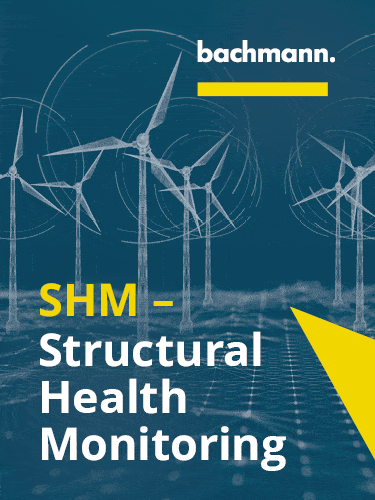




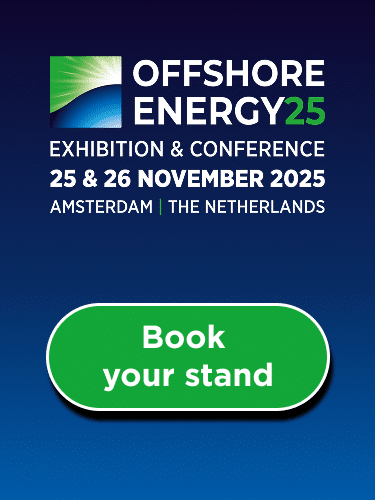

.gif)
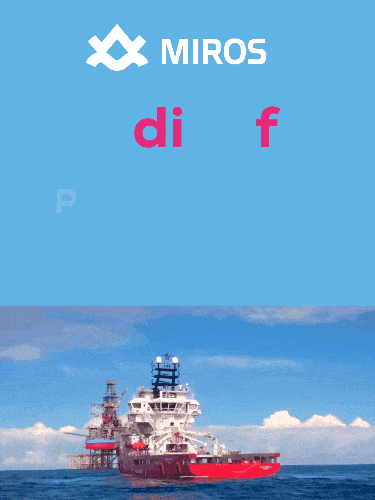

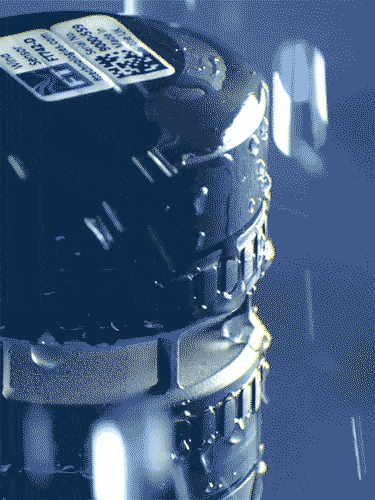

.jpg)
